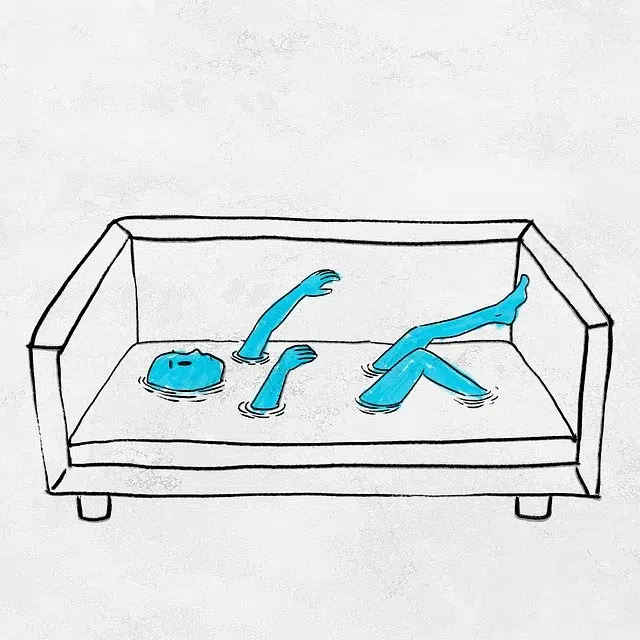
Satire relies on mockery and ridicule.
Satire is a genre of literature that aims to ridicule a person or that seeks to make fun of certain situations. With antecedents in iambic poetry, satire was born in poetry and prose until reaching other means of expression, such as drawing , theater and cinema .
The Greek writers of iambic poetry Semonides of Amorgos, Aristophanes and even Archilochus of Paros were the first to clearly develop satire. Later, it was developed, promoted and encouraged by the works of other authors such as Lucian of Samosata, Horace, Lucilius or Juvenal, among many others.
Among the latter are many of those who are considered the best authors of satires in Latin literature. However, we must not forget Seneca, Martial or Petronio either.
Characteristics of satire
By appealing to irony , parody and sarcasm , satire manages to express its rejection of what it ridicules. Beyond the criticism that the satirical work carries, it also manages to entertain and amuse the public thanks to its characteristics.
It is important to mention that satire can appeal to various mechanisms to achieve its purposes. Some satires imitate behaviors to exacerbate certain issues and thus achieve their effect. Satire can also contrast two issues that are opposite or very different from each other to devalue one and give greater importance to the other.
Exaggerate o minimize algo real hasta transformarlo en una ridiculousness es otra de las técnicas habituales de la sátira. Este mecanismo es habitual en las sátiras gráficas que apelan a las caricaturas.

Irony and sarcasm are important components of satire.
Famous works and graphic publications
In the same way, it is important to establish that the history of universal literature is full of writers who have practiced satire with great mastery and well-known works in which it plays a fundamental role. This would be the case of “Don Quixote de la Mancha” (1605) by Miguel de Cervantes; “The Life of Lazarillo de Tormes” (1554), “The Life of Buscón” (1626) by Francisco de Quevedo, “Gulliver's Travels” (1726) by Jonathan Swift, “Animal Farm” (1945) by George Orwell or “Brave New World” (1932) by Aldous Huxley.
In addition to novels, plays or poetry, satire has also reached our days through graphic publications. A good example of this is the Spanish magazine “El Thursday”, subtitled “The magazine that comes out on Wednesdays”. It is presented as a satirical humor weekly where, through countless stories, drawings, comics and vignettes, its artists come to tell in that special way of humor the main news that has taken place in those days around the world.
One of the most popular satires is “The Great Dictator,” a 1940 film directed, written by, and starring Charles Chaplin . In this film , Chaplin plays a dictator who is a parody character of Adolf Hitler . The actor imitates the appearance and gestures of the Nazi leader with the intention of ridiculing him and, above all, of showing the absurdity of his terrible ideas and actions. “The Great Dictator” was a success and earned five Oscar nominations.
